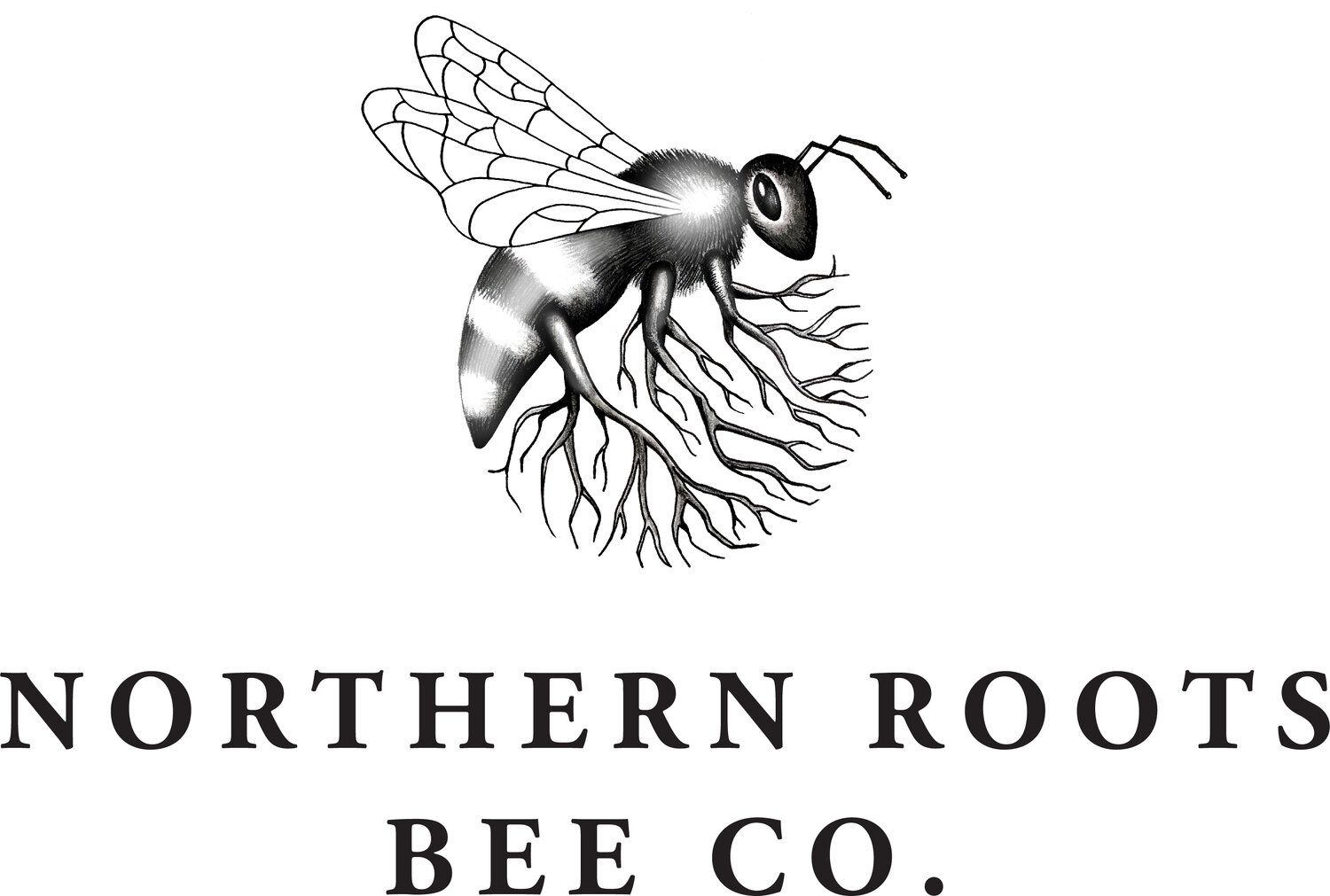Grafting Queen Bees: A Guide for Beekeepers
Queen grafting is a vital skill for beekeepers who want to raise strong, productive queens for their colonies. By selecting larvae from high-quality stock, beekeepers can ensure their hives remain healthy, productive, and well-managed. But what exactly is grafting, and why do beekeepers choose to do it? Let’s break it down step by step.
Why Do Beekeepers Graft Queens?
Grafting allows beekeepers to create new queens in a controlled manner, maintaining strong genetics while expanding or re-queening their hives. The process allows them to select for desirable traits such as gentleness, disease resistance, and strong honey production, among other traits. Natural queen rearing is more unpredictable, and swarming (the bees' natural method of producing new queens) can sometimes lead to less productive hives or outright colony loss, therefore some beekeepers try to avoid having their colonies swarm.
A beekeeper friend grafting at UC Davis.
The Queen Grafting Process
Grafting may sound complicated, but with the right tools, patience, and schedule, any beekeeper can learn this technique.
1. Select the Right Colony
The first step is to choose a strong donor colony with a high-quality queen. You want a queen that produces gentle, productive, and healthy offspring. This colony will supply the larvae that will be raised into new queens.
2. Find the Right Age Larvae
Young larvae are the key to successful grafting. Beekeepers look for larvae that are about 24 to 36 hours old—just hatched from their eggs and still floating in royal jelly. These larvae have the best chance of successfully developing into queens when grafted into special queen cells.
When grafting, it's helpful to use a headlamp to shine into the frames so that you can illuminate the pools of royal jelly.
3. Use a Grafting Tool
A grafting tool (either a Chinese grafting tool, a stainless-steel tool, or a homemade version) is used to carefully lift the tiny larvae from their cells without damaging them. Precision is crucial here, as rough handling can harm the delicate larvae.
4. Transfer to Queen Cups
The larvae are placed into artificial queen cups, which are small plastic (like the red JZBS queen cup above) or wax containers designed to mimic natural queen cells. A small drop of royal jelly may be added to help keep the larvae moist and nourished, or you can “dry” graft as I did in the photo above.
24-36 hour old larva in a plastic JZ BZ queen cup.
The larvae are SO tiny at this stage in development. I’m grateful to have 20/20 vision!
The same queen cup two days later after the hive accepted it.
Notice how much bigger the larva is and how much more royal jelly they fed her.
5. Place the Grafted Larvae in a Starter Colony
There are several approaches beekeepers take during this stage of queen rearing, but to simplify the process and highlight our method, the grafted larvae are placed into a starter colony. This starter colony is a strong, queenless hive that has been prepared specifically to raise new queens. It consists of a large adult workforce ready to feed and nurture the developing queens. The individual queen cups are positioned in a specialized frame with multiple cell bars to hold them in place. Once inside the hive, nurse bees recognize the larvae as potential queens and begin feeding them royal jelly.
Accepted queen cups on a cell bar, from a top down and side view. You can see that the bees started to build the edges of the cell. Beekeepers would say that these queen cells “took”.
6. Wait for Queen Development
Over the next 10 days or so, the larvae develop into pupae, and their cells are capped. At this stage, beekeepers have several options for managing the queen cells depending on their goals and intended use for the queens. In our process, we place the capped queen cells into queenless splits, allowing the queens to emerge, embark on mating flights, and then begin laying eggs in their new colonies.
The Benefits of Grafting Queens
Genetic Control: Grafting allows beekeepers to propagate queens with desirable traits, improving the overall health and temperament of their apiary.
Colony Management: Beekeepers can produce queens as needed, reducing reliance on swarming or purchasing queens from outside sources.
Sustainability: Raising queens locally helps create strong, adapted colonies that thrive in their specific environment.
While grafting queens may seem like an advanced beekeeping technique, it is an invaluable skill for anyone serious about beekeeping. With practice and patience, grafting allows beekeepers to maintain healthy, productive hives while ensuring their apiaries are populated with the best possible genetics. Whether you are looking to expand your operation or simply strengthen your existing colonies, grafting queens is a technique worth learning and mastering.
Below are a few invaluable books to get you started on your queen rearing journey:
Rearing Queen Bees: Second Edition - Roger A. Morse
Increase Essentials - Lawerence John Connor
Bee Sex Essentials - Lawerence John Connor
Queen Rearing and Bee Breeding - Harry H. Laidlaw and Robert E. Page Jr.






